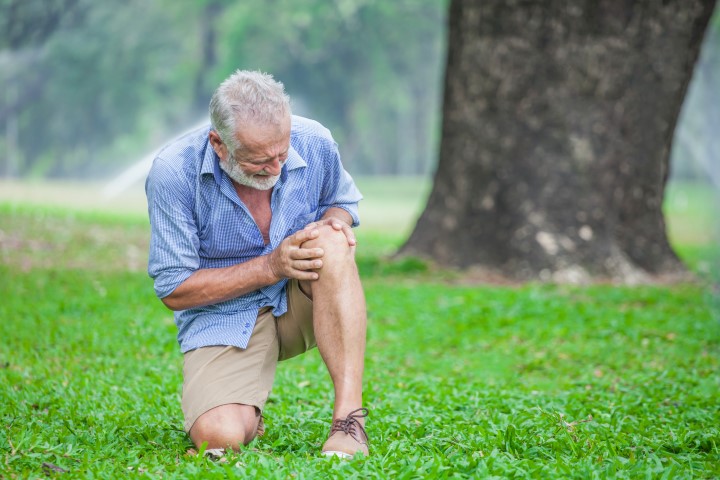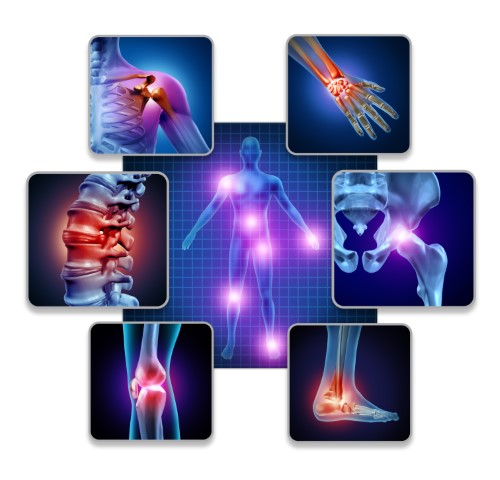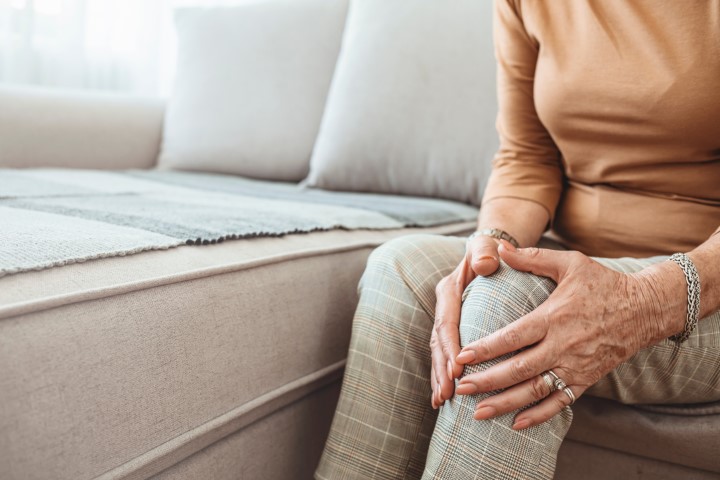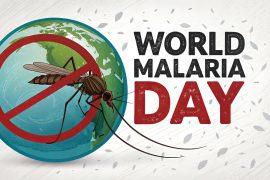World Arthritis Day, referred to as WAD, is celebrated on October 12th. According to the Arthritis Foundation, one in every three persons in the world aged 18 to 64 has arthritis. Arthritis is a condition in which the joints become inflamed and make it difficult to move. Sedentary behavior has increased in the urban population, resulting in lower muscle mass and bone strength. WAD strives to raise awareness of the existence and effect of rheumatic and musculoskeletal disorders, often known as RMDs, among all audiences around the world. The crippling effects of these disorders, of which there are over 200, are little understood. Arthritis is a broad term that refers to a variety of disorders that affect the joints, surrounding tissues, and other connective tissues. Arthritis is generally diagnosed as a result of acute or chronic joint inflammation, which is commonly accompanied by pain and structural abnormalities.
What causes arthritis?
Arthritis is caused by a variety of factors, including infection, crystal deposition, heredity, injury, and repetitive use. Joint pain and stiffness are common symptoms of arthritis, which vary depending on the type.
Cartilage is a stiff but flexible connective tissue found in your joints. It protects your joints by absorbing the strain and shock of movement and stressing them. A decrease in the normal amount of cartilage tissue causes arthritis.
One of the most frequent types of arthritis is Osteoarthritis (OA), which is caused by normal wear and tear. A joint infection or injury can hasten the natural degradation of cartilage tissue. If you have a family history of OA, your chances of developing it are increased.
The autoimmune condition Rheumatoid arthritis (RA) is another common kind of arthritis. It happens when your immune system targets your body’s tissues. The synovium, soft tissue in your joints that creates a fluid that nourishes the cartilage and lubricates the joints, is affected by these attacks. Rheumatoid arthritis (RA) is a synovial disease that attacks and destroys joints. It can eventually cause both bone and cartilage inside the joint to be destroyed. It’s unclear what causes the immune system’s attacks. However, scientists have uncovered genetic markers that fivefold enhance your chances of acquiring RA.



How is it diagnosed?
If you’re not sure who to see for an arthritis diagnosis, start with your primary care physician. They’ll do a physical exam to see if there’s any fluid around the joints, if the joints are heated or red, and if the joints have a limited range of motion. If necessary, your doctor can recommend you to a specialist.
If you’re having significant symptoms, you might want to see a rheumatologist first. This could lead to a more rapid diagnosis and treatment.
Your doctor can determine what type of arthritis you have by extracting and testing inflammation levels in your blood and joint fluids. Anti-CCP (anti-cyclic citrullinated peptide), RF (rheumatoid factor), and ANA (antinuclear antibody) blood tests are additional common diagnostic procedures.
Imaging scans such as X-rays, MRIs, and CT scans are widely used by doctors to create images of your bones and cartilage. This allows them to rule out alternative possibilities for your symptoms, such as bone spurs.
How to prevent Arthritis?
Arthritis cannot always be avoided. Some factors, such as your age, family history, and gender, are beyond your control (many kinds of arthritis are more common in women). Arthritis can be classified into over a hundred different forms. Osteoarthritis (OA), rheumatoid arthritis (RA), and psoriatic arthritis (PsA) are the three primary kinds. Each variety develops uniquely, although they are all painful and can result in loss of function and deformity.
You can lower your risk of acquiring sore joints as you get older by practicing a few healthy practices. Many of these habits, such as exercising and eating a nutritious diet, also aid in the prevention of other diseases.
- Consume fish: Omega-3 fatty acids, a beneficial polyunsaturated lipid, are abundant in certain fish. Omega-3 fatty acids have a variety of health benefits, including the ability to reduce inflammation in the body.
- Maintain a healthy weight: Your knees must bear the weight of your body. They can suffer a lot as a result of being overweight or obese. Overweight women are about four times more likely than healthy-weight women to have knee osteoarthritis. Diet and exercise can help you lose weight and maintain a healthy weight.
- Exercise: It relieves the burden of excess weight on your joints while also strengthening the muscles that surround them. This helps to keep them stable and protects them from further wear and strain.
- Take care of your joints: Sitting, working, and lifting with the proper technique can help prevent joints from ordinary strains. When lifting objects, for example, lift with your knees and hips rather than your back.



What are the treatment options available?
The goal of arthritis treatment is to alleviate symptoms and improve joint function. Before you figure out what works best for you, you may need to try a few different therapies or combinations of treatments. Depending on the type of arthritis, different drugs are used to treat it. Like Nonsteroidal anti-inflammatory drugs (NSAIDs), Counterirritants, Steroids, Disease-modifying antirheumatic drugs (DMARDs).
- Therapy
Some kinds of arthritis may benefit from physical therapy. Exercises can help you increase your range of motion and strengthen the muscles that support your joints. Splints or braces may be necessary for some circumstances.
- Surgery
If non-invasive treatments fail, doctors may recommend surgery, such as:
- Repair of the joints: Joint surfaces can be polished or repositioned to alleviate pain and increase function in some cases. These operations are frequently performed arthroscopically, which means they are done through small incisions over the joint.
- Joint replacement: In this surgery, the damaged joint is removed and replaced with an artificial one. The most common joints to be replaced are the hips and knees. Of late, for the knees, robotic knee replacement surgery is performed. It is similar to a traditional knee replacement. The surgeon removes the damaged part of your knee and
replaces it with an artificial one. The only difference is that it is done with the help of a robotic arm.
- Joint Fusion: Smaller joints, such as those in the wrist, ankle, and fingers, are more commonly treated with this surgery. It separates the ends of the two bones of the joint and then locks them together until the joint heal into a single stiff unit.
While arthritis has no cure, the correct treatment can significantly reduce your symptoms. You can manage your arthritis by making several lifestyle adjustments in addition to the treatments your doctor suggests. This World Arthritis Day let us make people aware of arthritis and the importance of healthy bones and joints because educating people can lead to significant changes and alleviate human suffering.





Comments are closed.